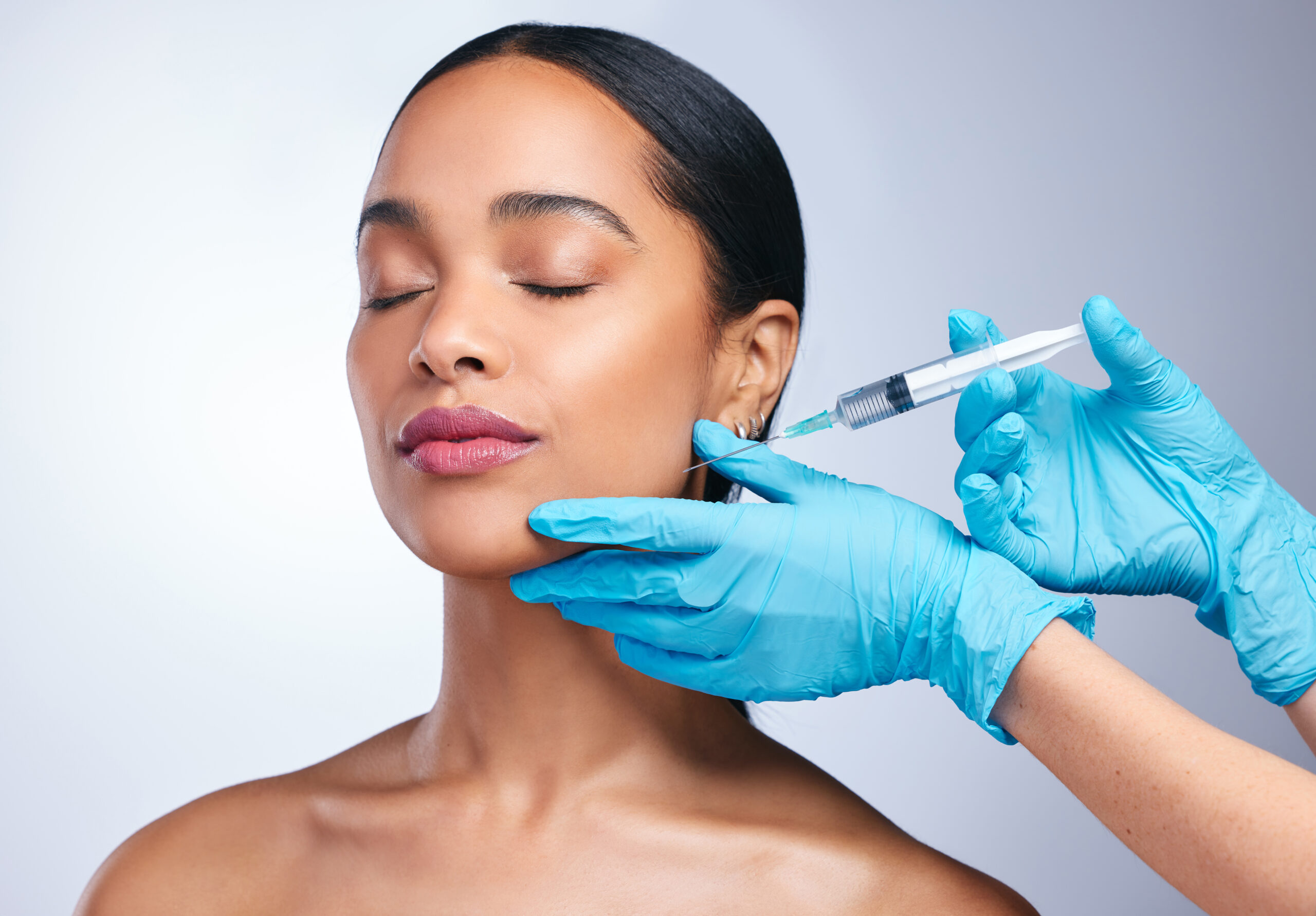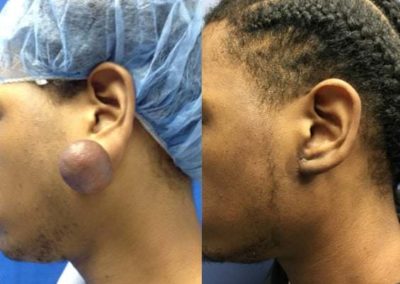Injectables are non-surgical treatments used in plastic and reconstructive surgery to reduce the telltale signs of aging, especially wrinkling. They can be used as alternatives to cosmetic surgery.
There are two main types of injectables popularly used in plastic surgery. They are Botox (or botulinum toxin type A) and dermal fillers. The plastic surgeon may decide to use both types of injectables to achieve the best wrinkle-smoothing results.
When injected, Botox paralyzes the facial muscles that cause lines. On the other, cosmetic fillers help plump out the wrinkles and provide volume and fullness to the face.
Results from these treatments are short-lived and you will need regular treatments to remain wrinkle-free.
What are injectables?
Injectables refer to the substances that can be injected as cosmetic treatments to enhance the look and appearance of a patient’s face.
The two main injectable substances used in plastic surgery are Botox® (botulinum toxin type A) and dermal fillers.
Botulinum toxin type A
Botulinum toxin type A is a purified protein produced by a bacterium, Botulinum. The toxin is given by intramuscular (IM) injection to relax muscles and soften facial lines and wrinkles in areas like:
- The forehead
- Between the eyebrows
- Across the bridge of the nose
- Outside corners of the eye (crow’s feet)
- Lips
- The throat (also known as turkey neck)
In medical practice, Botox® is also used to treat conditions like muscle spasms, excessive sweating, headaches, and facial tics.
Dermal fillers
When dermal fillers are used, it can be called soft tissue augmentation. Dermal fillers are substances injected to plump the face, eliminate lines, creases, sagging jaws, sunken cheeks, and wrinkles, or improve the appearance of scars.
Examples of dermal fillers include bovine (cow), hyaluronic acid (HA), calcium hydroxylapatite, poly-L-lactic acid, collagen, polymethylmethacrylate (PMMA), and autologous fat. These are available in several brand names. In LPS, we mainly use Juvederm® (which has a hyaluronic acid base) and Radiesse® (calcium hydroxylapatite base).
Who is an ideal candidate for injectables?
You may be a good candidate for injectables if you:
- Are at least 18 years old
- Are in a good state of health
- Have a good skin tone and shape
- Are too concerned with the lines, wrinkles, and excess skin on your face
- Are not pregnant or a breastfeeding mother
- Are free from infection
- Are a nonsmoker
- Have realistic goals
What does recovery look like?
Common side effects include pain or tenderness, mild swelling, bruising, itching, redness, numbness, firmness, discoloration, headaches, and nausea.
These are often minimal and easily managed with pain medications and ice packs. These side effects go away within hours or just a few days after the treatment.
Results from Botox® injections are often dramatic and can be seen within five to seven days. On the other hand, dermal fillers produce immediate results that improve over the following days.
How long do results last?
Botox treatments may last from three to six months. Results of dermal fillers depend on the type of filler used. At LPS, we use Juvederm® with results lasting at least 12 months and Radiesse® with results lasting for about 9 to 12 months.



